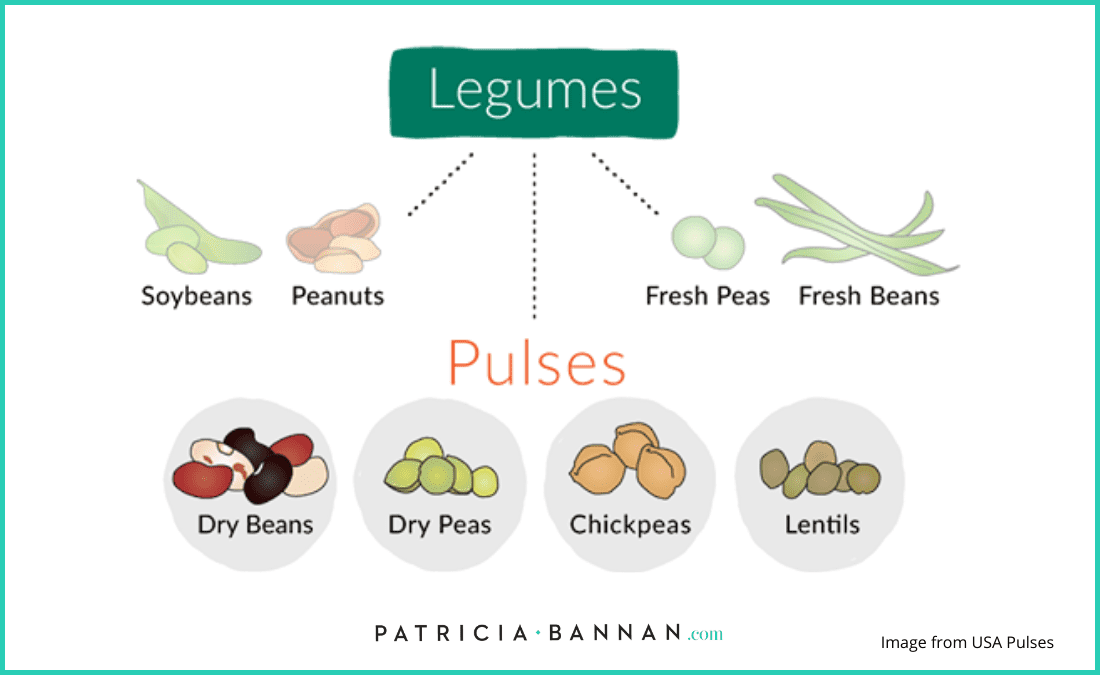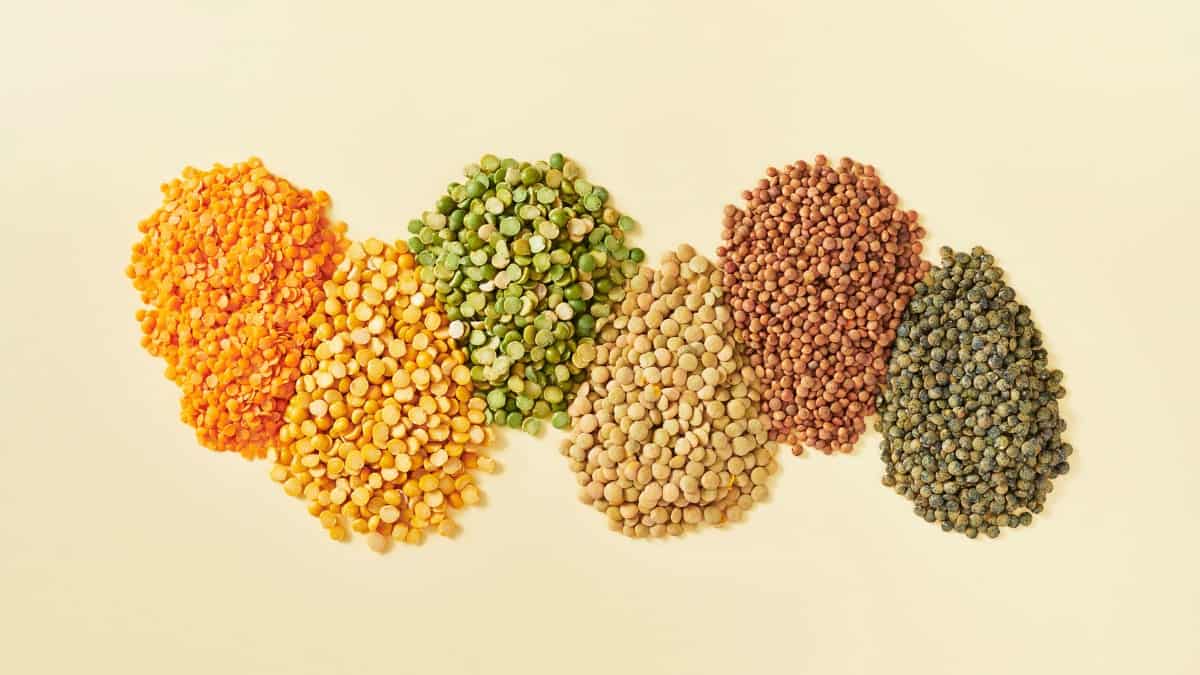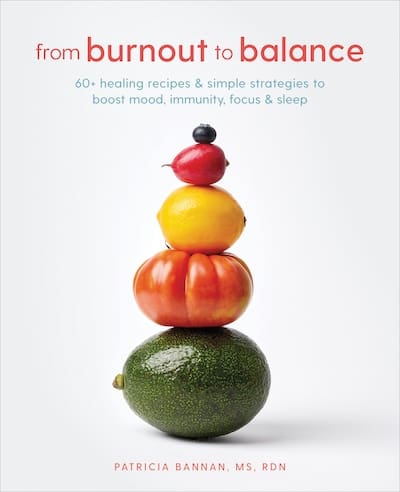You’ve probably heard about legumes, pulses, and beans before, but what’s the difference? Let’s clear up the confusion once and for all.
Here’s what you need to know about these fiber-filled treasures, and how you can easily incorporate them into your diet. Legumes, pulses, and beans are words that are often used interchangeably, but there are small differences. Here are some additional insights to clear any confusion.
Difference Between Legumes and Pulses
First and foremost, think of legumes, pulses, and beans in a hierarchy: legumes are the umbrella term, with pulses directly underneath. Beans fall under both of these – beans are legumes and pulses.

What are Legumes?
Legumes include all types and forms of beans and peas that come from the Fabaceae (or Leguminosae) botanical family. In other words, legumes are the umbrella family that all beans, peas, and pulses fall under, and include thousands of varieties grown around the world. The main types of legumes include:
- dry and fresh beans, and soybeans
- dry and fresh peas
- lentils
- chickpeas
- peanuts
All forms of legumes are naturally low in fat and cholesterol, as well as high in fiber and protein. Legumes are also a good source of iron, magnesium, and folate — essential vitamins and minerals needed for a number of bodily functions, including cell growth and formation, bone formation, and immunity.
Up the legume intake for the entire family with these 40 Bean-Based, Family-Friendly Recipes!
What are Pulses?
What’s the difference between pulses and legumes? Pulses are the dried seeds of the legume plants. Not all legumes are pulses. The different types of pulses include:
- dry beans
- dry peas
- chickpeas
- lentils
Hundreds of different varieties of pulses are grown around the globe. The word stems from the latin word puls, meaning seeds that can be made into a thick soup.
Pulses are an affordable source of plant-based protein, with about 2-3 times as much protein per serving as cereal grains such as rice, oats, barley, and wheat. A one-cup serving also has almost half your daily needs of fiber, including both soluble and insoluble fiber, as well as resistant starches. These types of fiber can aid in digestion and help improve gut health and motility. For reference, it is recommended that women aim for 25 grams of fiber per day, and men should aim for 38 grams.
Add a serving of pulses to your morning meal with this Ginger-Tahini Yogurt Bowl with Zucchini and Chickpeas.

What are Beans?
As mentioned before, beans and legumes are often used interchangeably. However, even though beans are legumes, there are other legumes that can not be classified as beans. Beans are also a type of pulse. Some of the most common types of beans include:
- pinto beans
- kidney beans
- great northern beans
- fava beans
- lima beans
- mung beans
- black eyed peas
- cannellini beans
- black beans
- adzuki beans
The Dietary Guidelines for Americans recommends adults consume 3 cups of beans per week, which is equivalent to about a ½ cup serving per day. Research shows that including beans as part of a healthy diet may help reduce the risk of heart disease and certain types of cancers, lower blood pressure, support weight control, and help manage diabetes.
Enjoy beans in a whole new way with this Creamy Chocolate, Cannellini Bean, and Cinnamon Smoothie.
The difference between pulses and legumes, and how beans fit into the mix, is actually quite simple when you look at the big picture. Remember, legumes are at the top of the chain, with pulses as a category of legumes. Beans then fall into both categories of pulses and legumes.
How do you plan to use one of the legumes from the lists above in a meal? Comment below!






